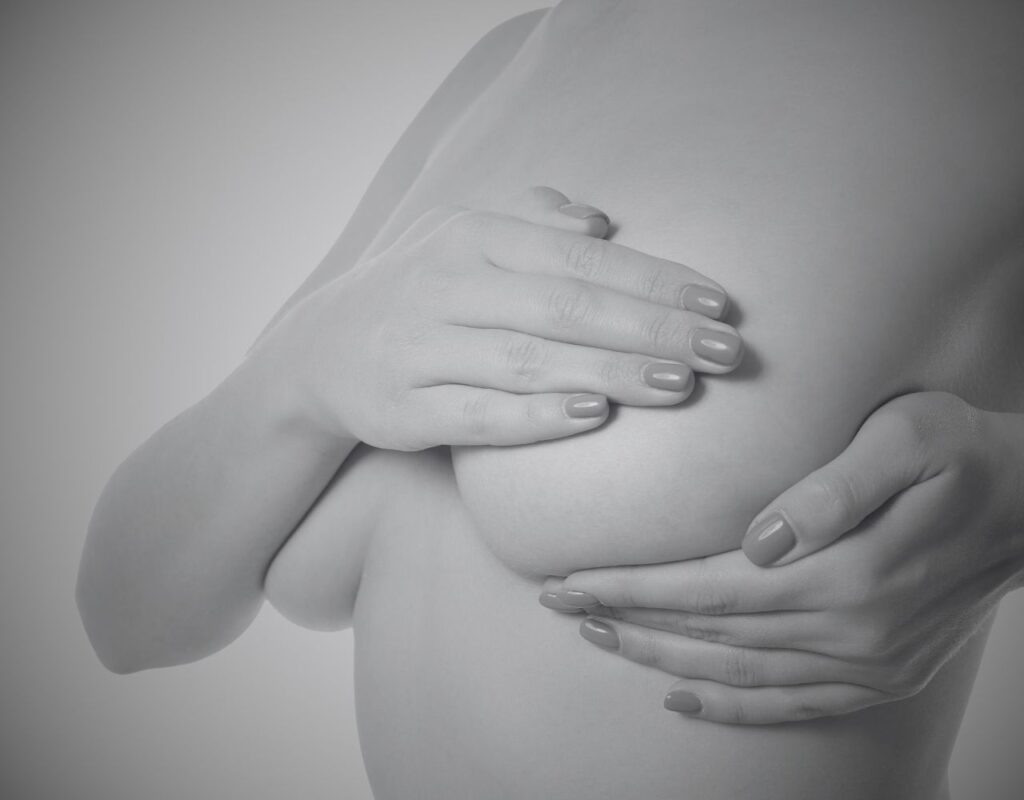SURGICAL PROCEDURE
Inverted Nipple Bilateral
TREATMENT OVERVIEW

THE PROCEDURE
The first crucial step in your surgical journey is an in-depth consultation with a board-certified plastic surgeon. This session involves a comprehensive evaluation of your breast and nipple anatomy, a thorough medical history review, and a detailed discussion of your specific concerns, expectations, and desired outcomes. The surgeon may also recommend imaging studies, such as ultrasound or mammography, to rule out any underlying medical conditions that could be causing the nipple inversion.
The choice of anaesthesia is a collaborative decision that involves you, your surgeon, and the anesthesiologist. Both local anaesthesia with sedation and general anaesthesia are viable options, depending on the complexity of the procedure and your overall health status.
The surgery involves making a small incision at the base of the nipple to release the fibrous bands or milk ducts that are causing the inversion. Once released, the nipple is then everted, and sutures are strategically placed to maintain the new outward position. The incisions are closed with meticulous care to minimise scarring, and antibiotic ointments may be applied to reduce the risk of postoperative infection.
AT A GLANCE
- Surgery: 90 Minutes
- Time off work: 7 Days
- Before you drive: 7 Days
- Return to Gym 3 Weeks
- Lift a small child: 3 Weeks
- Final Results: 3 - 6 Months
Actual return to activity times will be discussed and agreed with your Surgeon.
THE BENEFITS
You may choose to undergo an Inverted Nipple Bilateral procedure for a number of reasons:

RISKS
THINGS TO AVOID
AFTER SURGERY
- Heavy lifting or strenuous exercise for at least 2-3 weeks
- Sleeping on your stomach for the first few weeks
- Smoking as it can impede the healing process
- Prolonged sun exposure to the surgical area
- Wearing tight or constrictive clothing over the surgical area
- Consuming alcohol as it can interfere with medication and healing
Post Op
AFTERCARE
- Medication Regimen: Antibiotic ointments and anti-inflammatory medications are often prescribed to prevent infection and manage postoperative discomfort.
- Environmental Precautions: Sun exposure should be minimised for several weeks post-surgery to prevent pigmentation changes in the healing scars.
- Nutritional Guidelines: A balanced diet rich in essential nutrients, particularly vitamins A and C, can expedite recovery.
- Regular Follow-Up Visits: These are essential for monitoring the healing process, making any adjustments to the aftercare regimen, and ensuring you are satisfied with the results.

